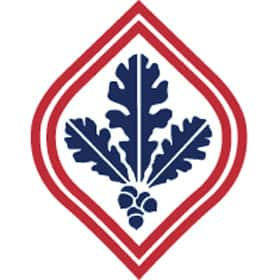 SRJC by the Numbers
SRJC by the Numbers
According to a new impact study, Santa Rosa Junior College (SRJC) generates an impressive $1.6 billion in increased economic activity in Sonoma County and provides a strong return investment for students, taxpayers and the community as a whole. Among the findings:
• For every dollar individual students invested in SRJC, they received a cumulative return of $2.50 in higher future wages.
• For every dollar taxpayers invested in SRJC, they received $4.50 in benefits, meaning the public institution generates more revenue than it receives.
• Sonoma County taxpayers will receive an estimated present value of $492.2 million in added tax revenue stemming from students’ higher lifetime earning and the increased output of businesses.
• Of the $1.6 billion generated overall by the college, alumni created the greatest impact, generating $1.4 billion in added income to Sonoma County’s economy the equivalent to creating 23,217 new jobs.
public-relations.santarosa.edu
Virginia Dare Winery
In April, Virginia Dare Winery in Geyserville planted a clipping from the oldest cultivated grapevine in North America. Taken from the 400-year-old scuppernong "Mother Vine," a variety of muscadine growing on Roanoake Island, N.C., it’s largely intertwined with the story of Virginia Dare, the woman the winery is named after. The first English child born in the New World, Virginia Dare lived among the Native Americans and, as the myth goes, grew into a beautiful young woman trapped in the middle of a tragic love triangle. On the very spot where she bled and died, a grapevine sprouted with its fruit stained red—according to the legend, this is how the white wine of America became red wine. This vine is widely believed to be the “Mother Vine,” a clipping of which now grows in Virginia Dare Winery’s estate vineyard in honor of its namesake.
Cycling New Data
In the world of sports, information is king. For example, by combining a tracking solution from Dimension Data, cyclists at the recent Amgen tour of California could see exactly where their power, cadence and heart rates peaked.
During the race, Team Dimension Data for Qhubeka riders streamed their biometric data into a cloud storage service owned by Dimension Data and sent the numbers straight to NBC News as it covered the 782.7-mile race. By reviewing the live stream, viewers could see where competitors fought hardest, pumping their hearts and straining their muscles for critical gains.
Practical uses for this information in the peloton include access to a higher-fidelity level of information including the physical limitations of riders and the exact places they reached these points, which will help trainers create new fitness regimens specifically designed to improve riders’ fitness at critical times. This can lead to better lap times and more optimized training regimens. In a broader sense, live biometric feeds help monitor subjects in extreme and sometimes inaccessible environments.
Last year, Dimension Data entered a five-year partnership with Amaury Sport Organization, owners of the Tour de France. The partnership means Dimension Data will help optimize the viewing experience for cycling enthusiasts watching competitive races while ASO implements the new ideas in practice.





